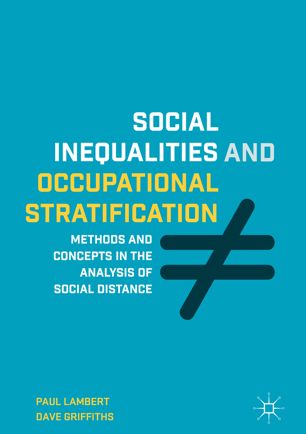

Most ebook files are in PDF format, so you can easily read them using various software such as Foxit Reader or directly on the Google Chrome browser.
Some ebook files are released by publishers in other formats such as .awz, .mobi, .epub, .fb2, etc. You may need to install specific software to read these formats on mobile/PC, such as Calibre.
Please read the tutorial at this link: https://ebookbell.com/faq
We offer FREE conversion to the popular formats you request; however, this may take some time. Therefore, right after payment, please email us, and we will try to provide the service as quickly as possible.
For some exceptional file formats or broken links (if any), please refrain from opening any disputes. Instead, email us first, and we will try to assist within a maximum of 6 hours.
EbookBell Team

0.0
0 reviewsThis book explores how structures of social inequality are linked to the social connections that people hold. The authors focus upon occupational inequalities where they see, for example, that the typical friendship patterns of people from one occupation are often very different to those of people from another.
Social Inequalities and Occupational Stratification leverages empirical data about differences in social connections to chart structures of social distance and social inequality. Several of its chapters provide coverage of the long-standing CAMSIS project and its approach to analysing social interaction patterns in terms of a single dimension related to social inequality. Lambert and Griffiths also explore different ways that statistical methods and tools of social network analysis can be used to study the relationship between social distance and social stratification.